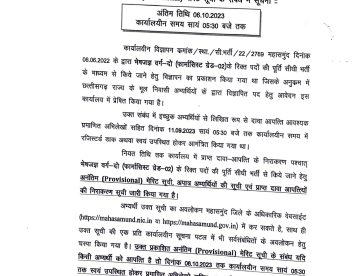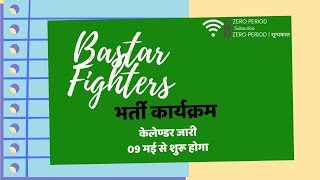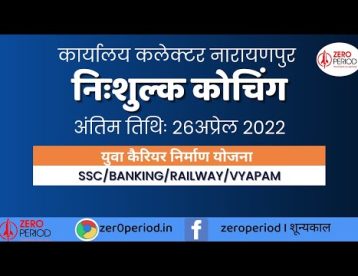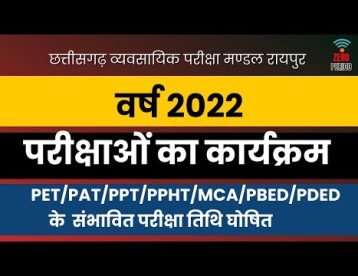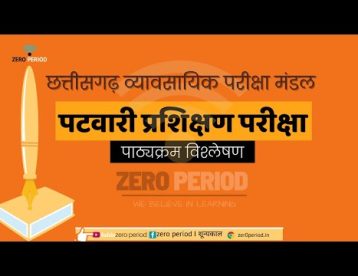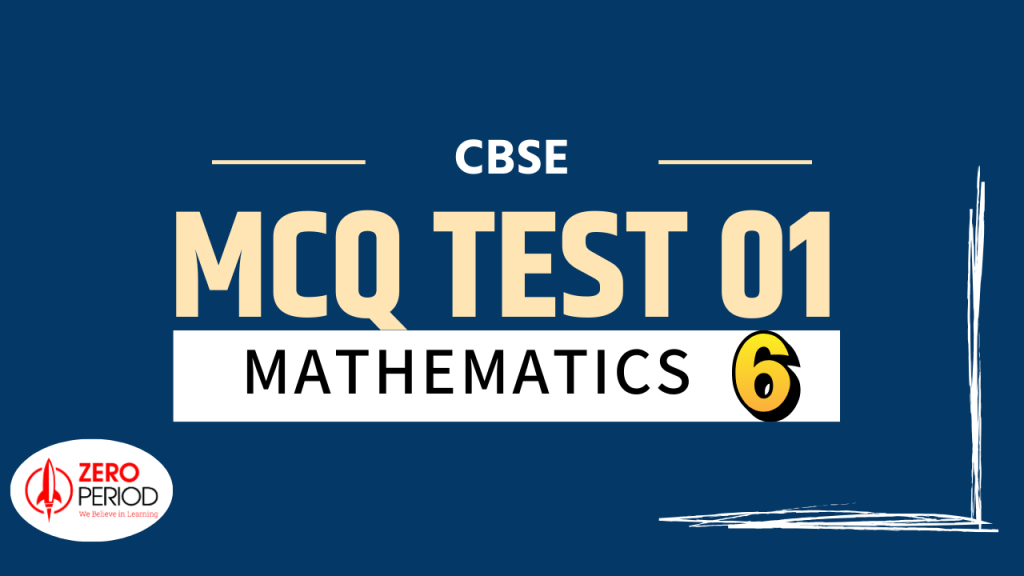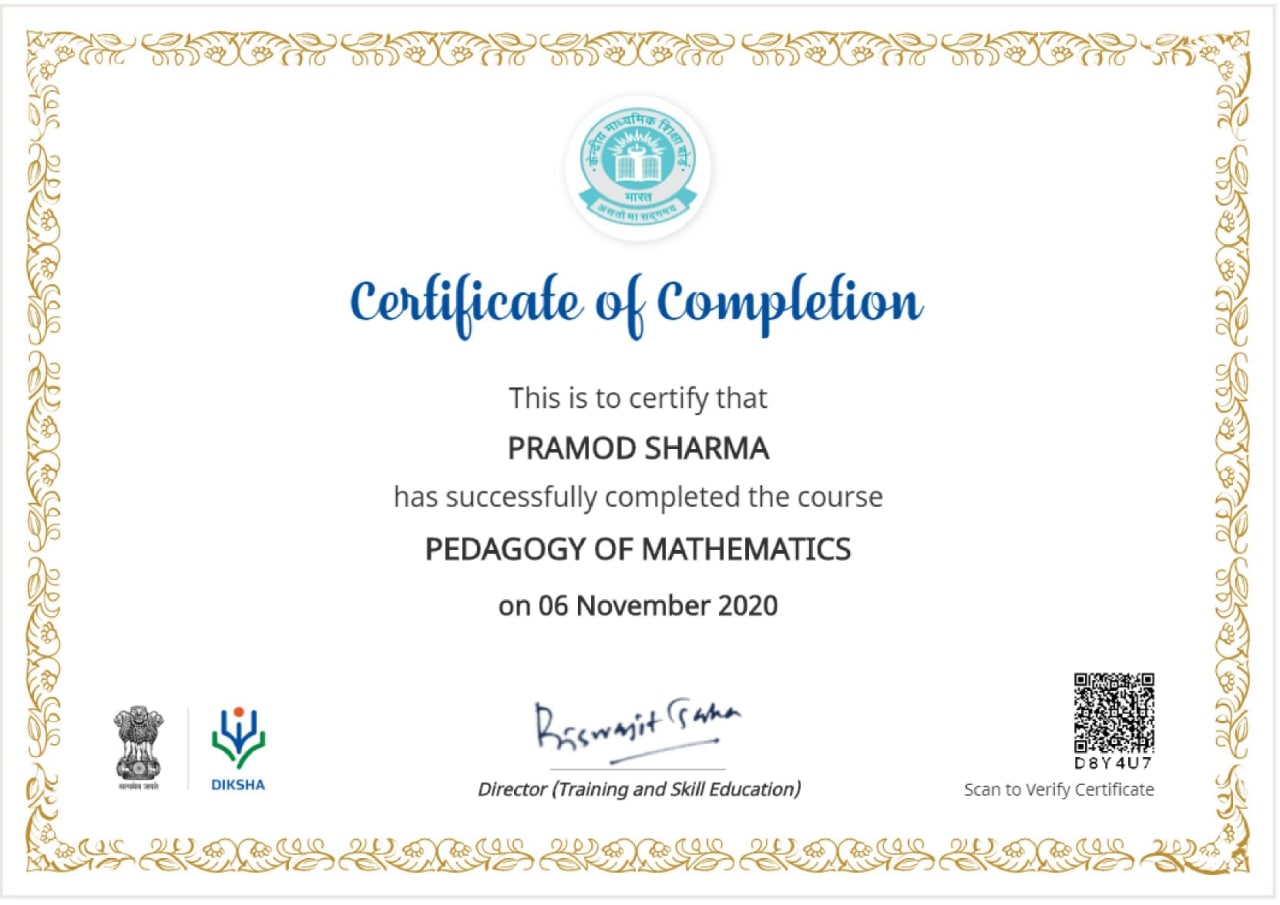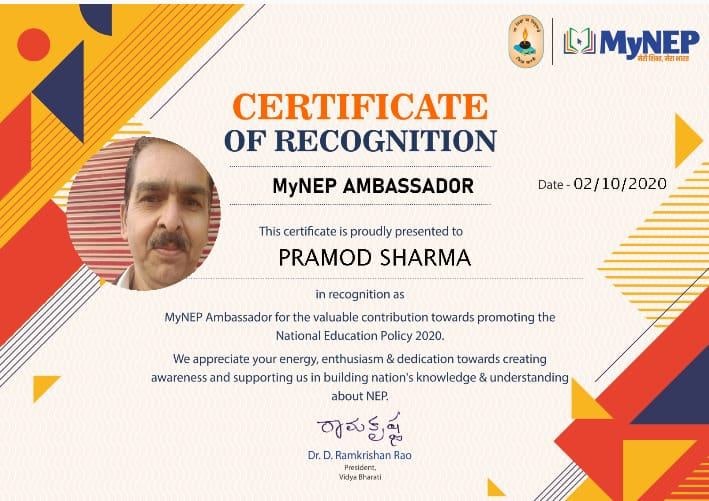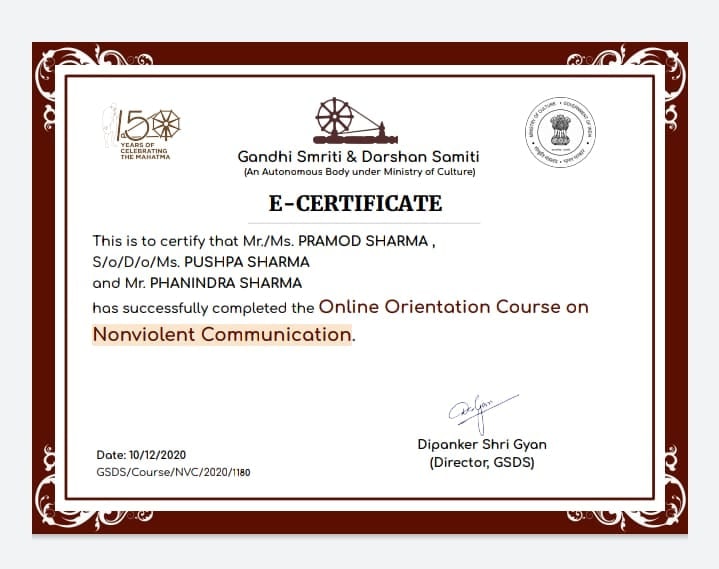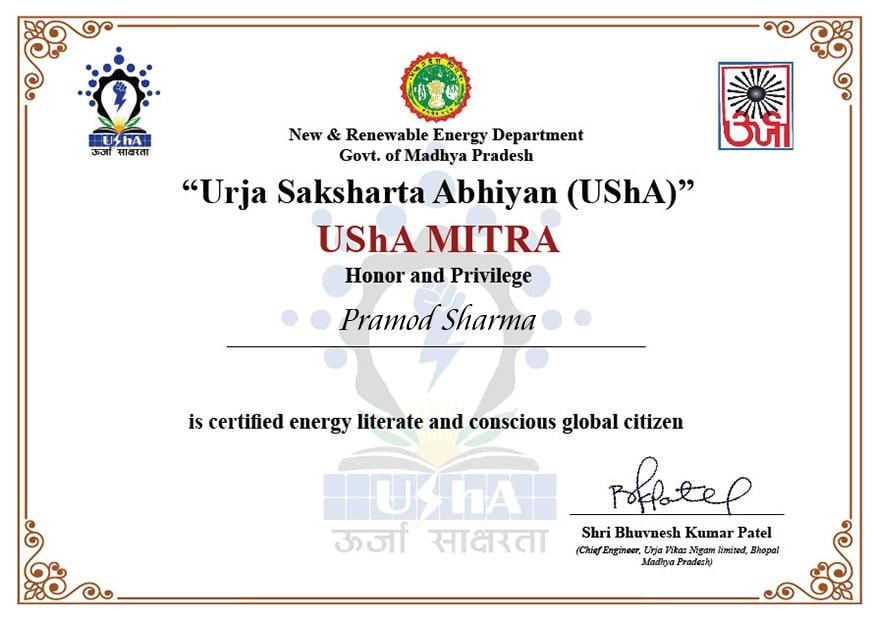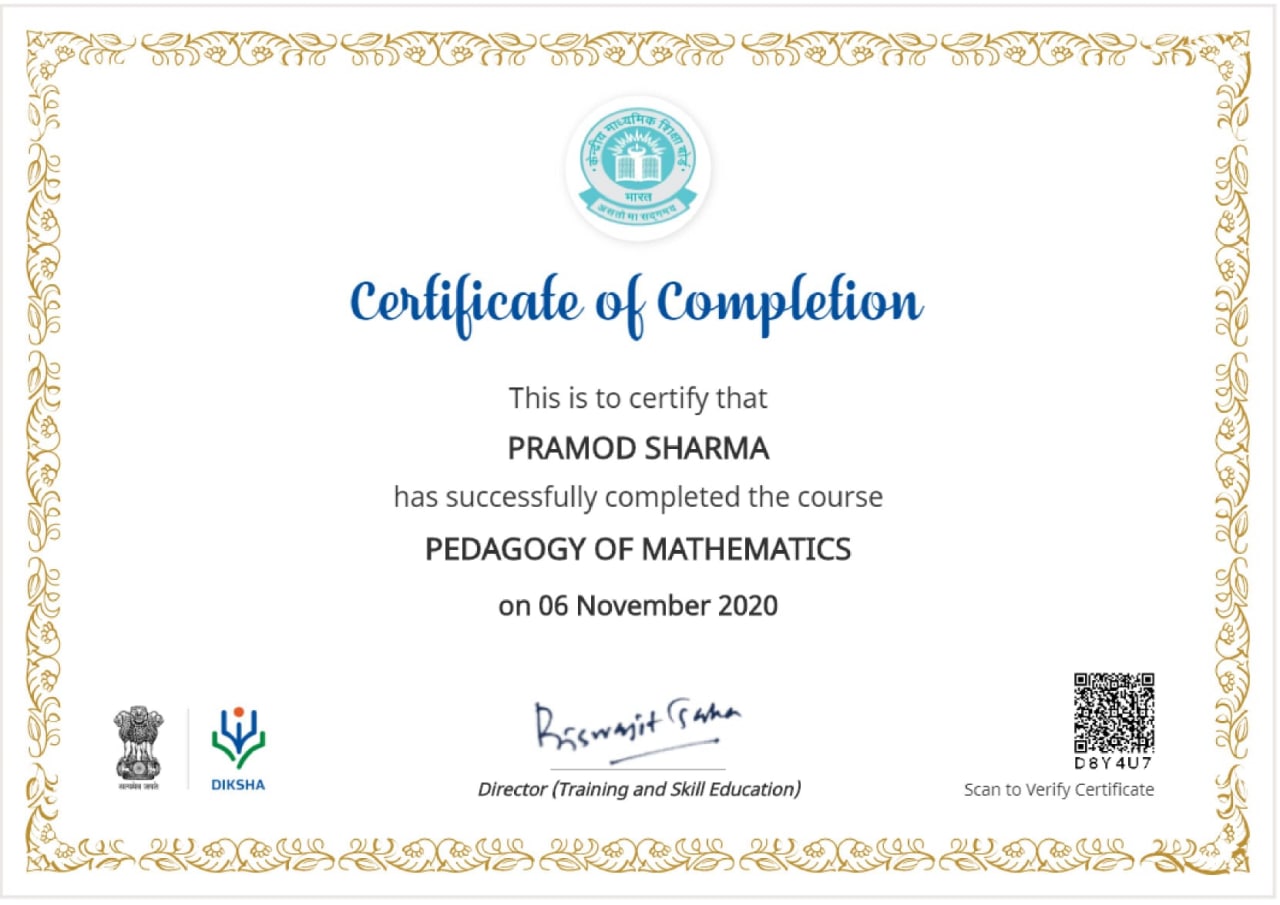08_Test Paper_Quadrilateral -A quadrilateral is a closed shape and a type of polygon that has four sides, four vertices and four angles. It is formed by joining four non-collinear points. The sum of interior angles of quadrilaterals is always equal to 360 degrees.
08_Test Paper_Quadrilateral_Types of Quadrilaterals
The types of quadrilaterals are defined based on the measure of the angles and lengths of their sides. As the word ‘Quad’ means four, all these types of quadrilaterals have four sides, and the sum of angles of these shapes is 360 degrees. The list of types of quadrilaterals are:
- Trapezium
- Parallelogram
- Squares
- Rectangle
- Rhombus
- Kite
08_Test Paper_Quadrilateral_Solving Linear Equations in One Variable
For solving an equation having only one variable, the following steps are followed
- Step 1: Using LCM, clear the fractions if any.
- Step 2: Simplify both sides of the equation.
- Step 3: Isolate the variable.
- Step 4: Verify your answer.
08_Test Paper_Quadrilateral_Sample Test Paper
06_Mensuration: Mensuration is a part of geometry that deals with the study of different geometrical shapes and their measurements. We use mensuration to calculate the length, breadth, depth, area, perimeter and volume of different geometrical shapes.
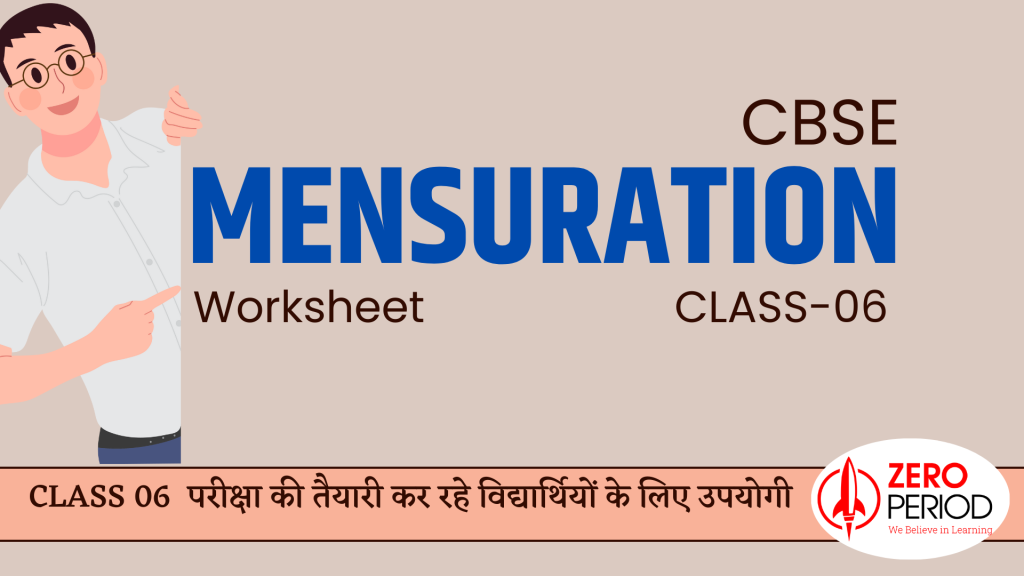
06_Mensuration_Perimeter
The length of the boundary of a closed curve is known as perimeter.
Perimeter of a Square
Perimeter of a square = Sum of its sides
Perimeter of a rectangle
Opposite sides are equal in a rectangle.
Let L = length and B = breadth, then its perimeter,
P = L + L + B + B
or, P = 2L + 2B = 2(L+B)
Perimeter of a Regular Polygon
A polygon is called regular if all its sides and angles are equal.
Assuming L = length of each side,
Perimeter of an equilateral triangle = 3 × L = 3L
Perimeter of a square = 4 × L = 4L
Perimeter of a regular pentagon = 5 × L = 5L
Perimeter of a regular hexagon = 6 × L = 6L
The perimeter of a regular polygon is the number of sides it has multiplied by the length of each side. Hence,
P = n × L
where “n” is the number of sides of the regular polygon.
More worksheet
Video
INTEGERS_06CBSE
Dear Children,
So far, we have discussed only two types of numbers, namely, natural numbers and whole numbers. In this chapter we shall extend our number system from whole numbers to integers. We shall discuss the representation of integers on the number line, operations on integers and their properties.
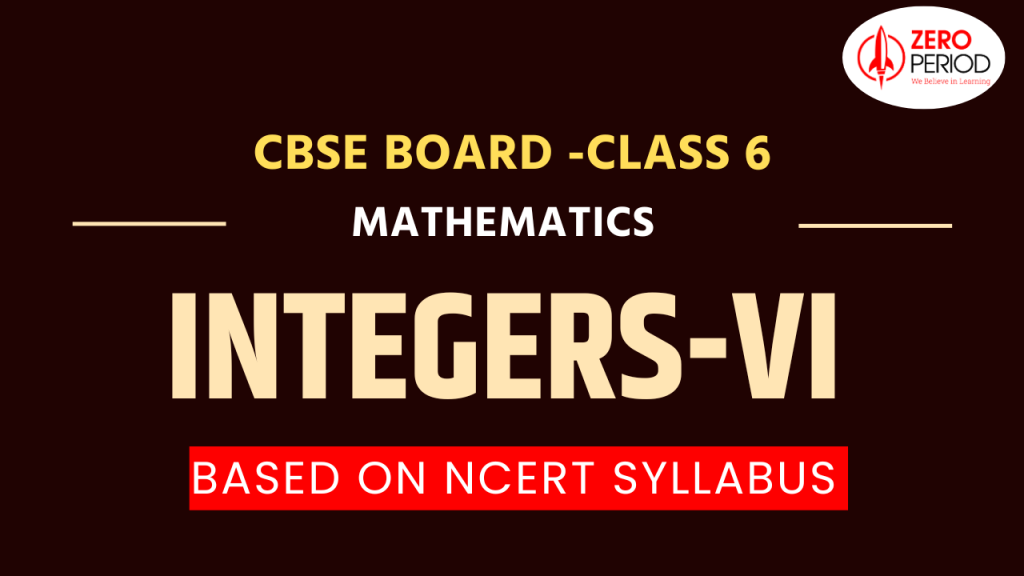
What are integers in INTEGERS_06
When a smaller whole number is subtracted from bigger whole number we get a whole number, but when we subtract a bigger whole number from smaller one, how we represent it in INTEGERS_06
Than we get a new representation, which is called negative representation. Thus we have two different type of numbers , numbers like 1,2,3,4….. are called positive numbers and -1,-2,-3,-4…. are called negative numbers and zero is not positive and not even negative, the collection of this type of numbers are called INTEGERS.
Example – we know the freezing point of water is 00C, we shall represent a temperature of
- 200C above the freezing point of water as +200C or 200 C
- 200C below the freezing point of water as -200C
Operation on integers:
- Addition– we have learnt how to add two different whole numbers on the number line. We shall extend the same method for addition of integers in integers_06 by using number line for example-
Adding -4 to a number means moving 4 steps to the left of the number in number line.
Adding +4 to a number means moving 4 steps to the right of the number in number line.
Some rules can be followed for the addition of integers.
Rule1-If two positive integers or two negative integers are added, we add their values regardless of their sign and give the sum their common sign.
Rule 2– To add a positive and a negative integer, we find the difference between their numerical values regardless of their signs and give the sign of the integer with the greater value to it.
- Subtraction- we have learnt how to subtract two whole numbers. We defined subtraction as an inverse process of addition. We extend the same idea to subtraction of integers. Suppose we want to subtract (-3) from5, clearly we want a number which when added to (-3) gives 5 , on number line , find out how many steps should we move from -3 to reach 5 , we see it is 8. Thus
5-(-3) =8
So we can frame a rule – To subtract one integer from another, we take the additive inverse of the integer to be subtracted and add it to the other integer.
a – b = a + (-b)
- Multiplication -two find the product of two integers we can follow the following rules.
Rule1-to find the product of two integers with unlike sign, we find the product of their values regardless of their signs and give a minus sign to the product.
Rule2– to find the product of two integers with the same sign, we find the product of their values regardless of their signs and give a plus sign to the product.
- Division- we know thedivision of whole numbers is an inverse process of multiplication. We extend the same idea to integers. We have the following rules for division of integers.
Rule1- for dividing one integer by another, the two having unlike signs we divided their values regardless of their signs and give minus sign to the quotient.
Rule1- for dividing one integer by another, the two having like signs we divided their values regardless of their signs and give plus sign to the quotient.
INTEGERS_06_Important website:
https://ncert.nic.in/textbook.php
Practice worksheet-
INTEGERS_06_Video link-
Practice link of MCQ-
SIMPLE EQUATIONS_07CBSE
Dear Children,
Simple equation is not a new term, you are already familiar with the terms, constants and variables. Variables represents unknown quantities. We come across unknown quantities many a times. For example, suppose your friend gave you a box of chocolates on your birthday and one more friend gave you a box of chocolates. Now you have two boxes of chocolates but you do not know how many chocolates are there in these two boxes. This unknown quantity can be known only after opening the boxes, similarly, these unknown in algebra can be known only after solving the equations which we are learning in this chapter called “SIMPLE EQUATIONS”

What is Simple Equation in SIMPLE EQUATIONS_07
The statement of equality containing a variable is called an equation (A variable is an unknown quantity whose value varies and is represented by letters like x,y,z,a,b,c,p,q,r, etc. In this post SIMPLE EQUATIONS_07 we have some examples of simple equations are
4x+15=0, 4+y=9, 2z+7=0 etc.
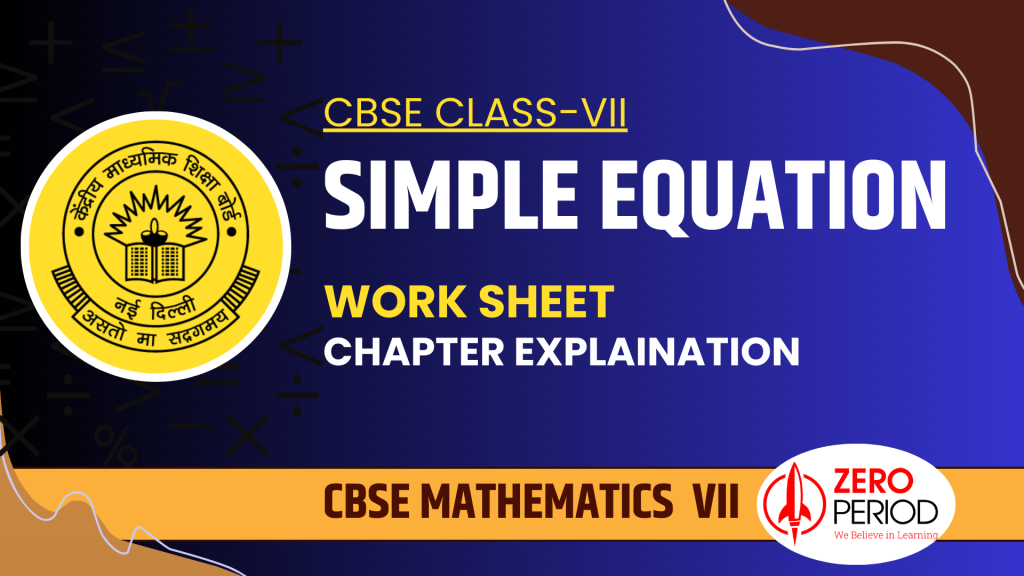
Conversion of a statement to an equation
In order to convert a statement into an equation, we denote the unknown by some variables (x,y,z, etc.)and then form the equation according to the statement given.
Example- The sum of 4 times q and 5 times r is 65
Solution- 4q+5r=65
Conversion of an equation to a statement
When we convert a statement into an equation, we get a unique equation. However an equation cab be converted into many statements.
Example- 4q+8=13
Solutions- (a) 8 added to 4 times a number is 13
(b) 4 times a number q is 8 less than 13
(c) 13 is 8 more than 4 times a number q
(d) The sum of 4 times a number q and 8 is 13
Checking the Solution of a Simple equation in SIMPLE EQUATIONS_07
The solution of an equation means a value or a number that satisfies the equation. i.e. on replacing the variable with that number, LHS and RHS of the equation must have equal values.
For example, consider the equation x+3=9, we know that 6 is the only number which on addition to 3 gives 9 as answer. Therefore x=6 is the unique solution of the equation x+3=9.
We cannot find another solution that satisfies the same equation. This is because linear equation in one variable has a unique solution.
An equation may have more than one solution if it is non-linear or has more than one variable.
Solving of a Simple equation in SIMPLE EQUATIONS_07
The solution of a simple equation is also known as the root of an equation. The solution or root of an equation is that particular value of the variable which satisfies the equation. Recall that a linear equation in one variable has a unique solution.
Let us consider a simple equation x+3=7, by replacing the unknown variable x by number we can rewrite the equation and putting one by one some numbers we can get our solution. When we put 6 it gives us 9 , means 6 is the solution of this simple equation. But this method can not be useful for each and every type of equation, so normally we use TRANSPOSING METHOD for finding solution of a simple equation.
What is Transposing Method
The most common method used for solving simple equations is the method of transposing. The word transpose means “Changing the side of a number”. The following rules are followed in this method.
- Addition becomes Subtraction on changing the side.
- Subtraction becomes Addition on changing the side.
- Multiplication becomes Division on changing the side.
- Division becomes Multiplication on changing the side.
Some Exercises from NCERT book Class07 (New edition)
NCERT BOOK link –
https://ncert.nic.in/textbook.php?gemh1=4-13
Q4 (Exercise-4.1) Write equations for the following statements
- The sum of numbers x and 4 is 9
- 2 subtracted from y is 8
- Ten times a is 70
- The number b divided by 5 gives 6
- Three-fourth of t is 15
- Seven times m plus 7 gets you 77
- One-fourth of a number x minus 4 gives 4
- If you take away 6 from 6 times y, you get 60
- If you add 3 to one-third of z, you get 30
Answers-
- X+4=9
- Y-2=8
- 10a=70
- b/5=6
- 3t/4=15
- 7m+7=77
- x/4-4=4
- 6y-6=60
- z/3+3=30
Simple Equations- Worksheet
What is Factorisation –
When an expression is the product of two or more expressions, then each of the expressions is called a factor of the given expression.
The process of writing a given expression as the product of two or more factors is called factorisation.
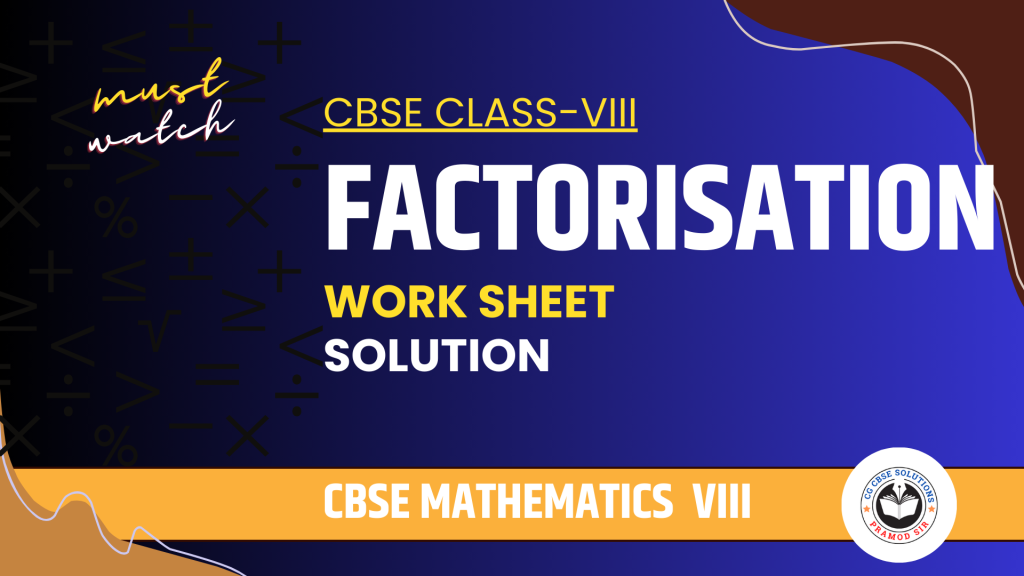
Prime Factor Form-If we write the factors of a number in such a way that all the factors are prime numbers then it is said to be a prime factor form.
Factors of Algebraic Expressions-Like any natural number, an algebraic expression is also the product of its factors. In the case of algebraic expression, it is said to be an irreducible form instead of prime factor form.
Factorisation of a given Algebraic Expression-
- Type I- To factorise a polynomial whose term have a common monomial fcator
- Type-II -When the given algebraic expression contains common binomial factors.
- Type-III-By grouping suitable terms( By re grouping)
Examples of TYPE-I
(a) 14x-14y = 14(x-y)
(b) ab+bc+be= b(a+c+e)
Examples of TYPE-II
(a) 4z(2x+3y)- 3z(2x+3y) = (2x+3y)(4z+3z)
(b)
Factorising Perfect Trinomial Squares
Method-
1.determine whether the trinomial is a perfect square trinomial by the following rule
- Two terms must be perfect squares and must be preceded by plus signs.
- the remaining term must be twice of the square roots of th eperfect square terms.
2.if the trinomial is a perfect trinomial square,fctorise asfollows:
- find the square roots of the two perfect square terms
- connect them with the signof the remaining term
- indicate that the binomial is to be used twice as a factor.
Factorising Difference of Two Squares.
Method-
- find th square roots of the two square terms.
- write the sumof the two square roots asone of th efactors
- write the difference of the two square roots as the other factor.
Factorisation_Class08_Video Solution
Worksheet in pdf format
Factorisation_Class08_ NCERT Book Link
https://ncert.nic.in/textbook.php
Factorisation_Class08_ FAQ
Q1. Can we use middle term splitting for factorisation .
Ans- yes offcourse
Q2. Is regrouping useful in this topic
Ans- We can get some factorising by using re-grouping only, therefor it is useful.
Direct & Inverse Proportion is very important topic for class 8 syllabus in CBSE Curriculum. Direct and Inverse Proportions help us to understand how quantities are dependent on each other. Let’s say if you go faster you will reach your destination in less time, similarly if a laborer works for more hours he will earn more. Here we see that speed and time are in opposite relation and hence are in inverse proportion while wage and working hours are in direct proportion. Direct and Inverse Proportion is a very important topic for class 8 to understand ratios and proportions.
प्रिय बच्चों,
Link For Free Online Class- कक्षा 10 वीं के ऐसे विद्यार्थी जो छत्तीसगढ़ माध्यमिक शिक्षा मंडल के पाठ्यक्रम की पढ़ाई कर रहे हैं उनके लिए ( सोमवार से शुक्रवार तक) प्रतिदिन शाम 7ः30 बजे एक निशुल्क आनलाइन क्लास होती है जिसमें गणित विषय को पढ़ाया जाता है , इस क्लास में कोई भी विद्यार्थी भाग ले सकता है , पुनः बता दूं यह क्लास एकदम निःशुल्क है इसमे आपको कोई भी फीस नहीं देनी है, यदि आप इस क्लास में जुड़ना चाहते हैं तो इसके लिए एक लिंक नीचे दिया जा रहा है –
https://us05web.zoom.us/j/88547729965?pwd=7aIedFKeOT7kCjid4ekmrtPqwGNVVB.1
बच्चो , इस क्लास से संबंधित सारी गतिविधि एवं जानकारी के लिए आप हमारा व्हाट्स अप ग्रुप भी ज्वाइन कर सकते है ताकि रोज के क्लास की पीडीएफ भी आपको मिल जाए और बाकी जानकारियां भी मिलती रहे
https://chat.whatsapp.com/GwAl3LU1EOdLjrm9Wav0Ar
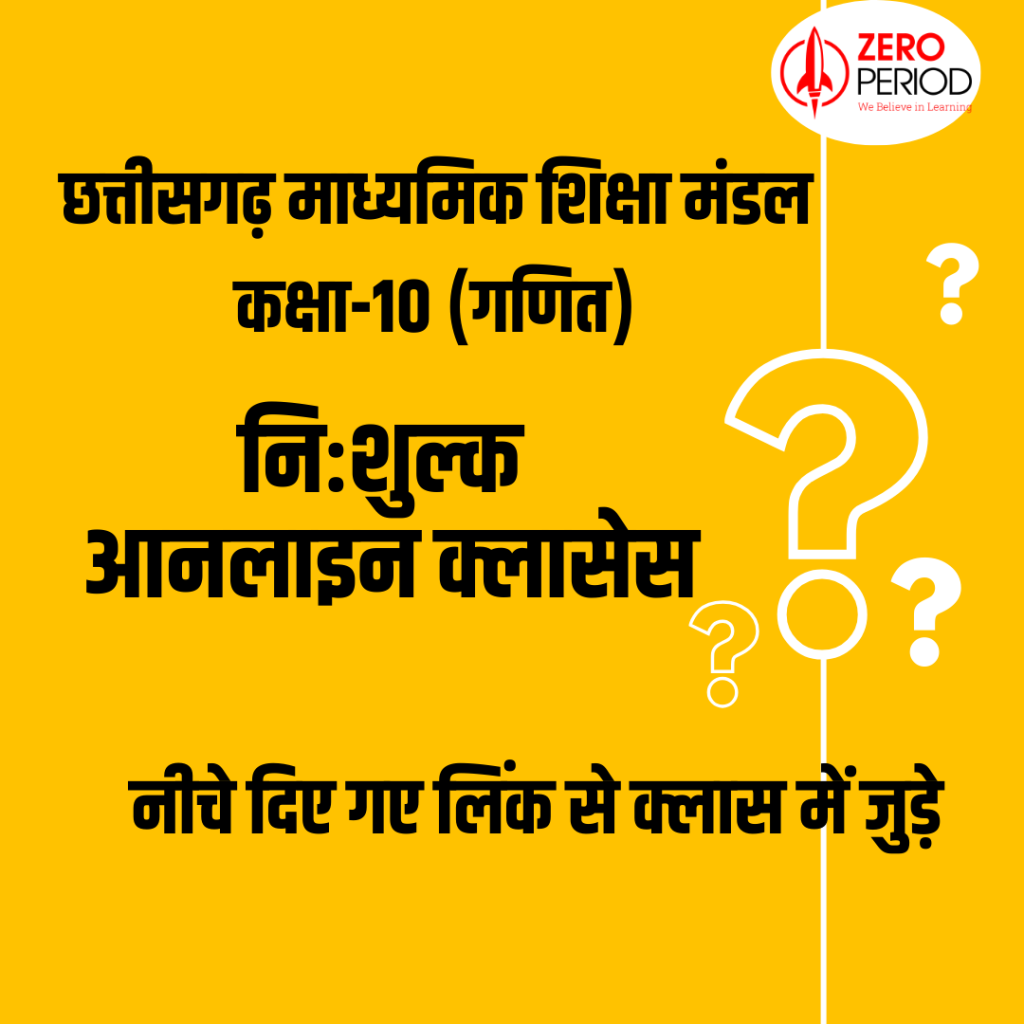
Link For Free Online Class-
यह क्लास पूर्णतः स्वैच्छिक एवं निःशुल्क है आप अपनी इच्छा से इसे ज्वाइन कर सकते हैं या छोड़ सकते हैं मगर एक अच्छी क्लास देने का हमारा पूरा प्रयास रहता है ।
Worksheet
Worksheet_Comparing Quantities
Comparing Quantities-This is an important chapter in the syllabus of class 7th which requires deep and continuous practice. For the regular practice of the students, we are preparing a compilation of various questions related to this chapter in our website and presenting it through test paper or worksheet. Students should also practice these questions Various types of topics are covered in this chapter, hence its importance is bigger than other chapter, because it is not just one chapter but it is a compilation of different chapters, hence it requires extra practice, hence you will get many worksheets from this chapter on the website.
Worksheet_Rational Number_Lines & angles CLASS07_CBSE
Worksheet_07_ModelPaper_Term-1SET C_CBSE
Worksheet_07_ModelPaper_Term-1SET C_CBSE-This model paper is for practice , some parts are covered in this paper as first term syllabus.
class 7 students can use this as a practice sheet
Worksheet_Model Paper_Term01-SETA_CLASS07_CBSE
Worksheet_Model paper Term-1_CLASS07_CBSE
Worksheet_Triangles and its properties_CLASS07_CBSE
Worksheet_CBSE07_Lines & angles_CBSE
Worksheet_CBSE_07_Integers
Test paper CBSE_Fractions_CLASS07_2023
Worksheet_Fractions & Decimals_07 CBSE
CBSE Worksheet class07_Comparing Quantities- This worksheet is a practice sheet for the students of class 7
Whole Numbers
[pdf-embedder url=”https://zer0period.in/wp-content/uploads/2022/05/07_Test-Paper_Integers.pdf” title=”07_Test Paper_Integers”]
-
Lorem Ipsum is simply dummy text of the printing and typesetting industry. Lorem Ipsum has been the industry's standard dummy text ever since the 1500s, when an unknown printer took a…Sunil Sinha
-
Lorem Ipsum is simply dummy text of the printing and typesetting industry. Lorem Ipsum has been the industry's standard dummy text ever since the 1500s, when an unknown printer took a…Girish Verma



